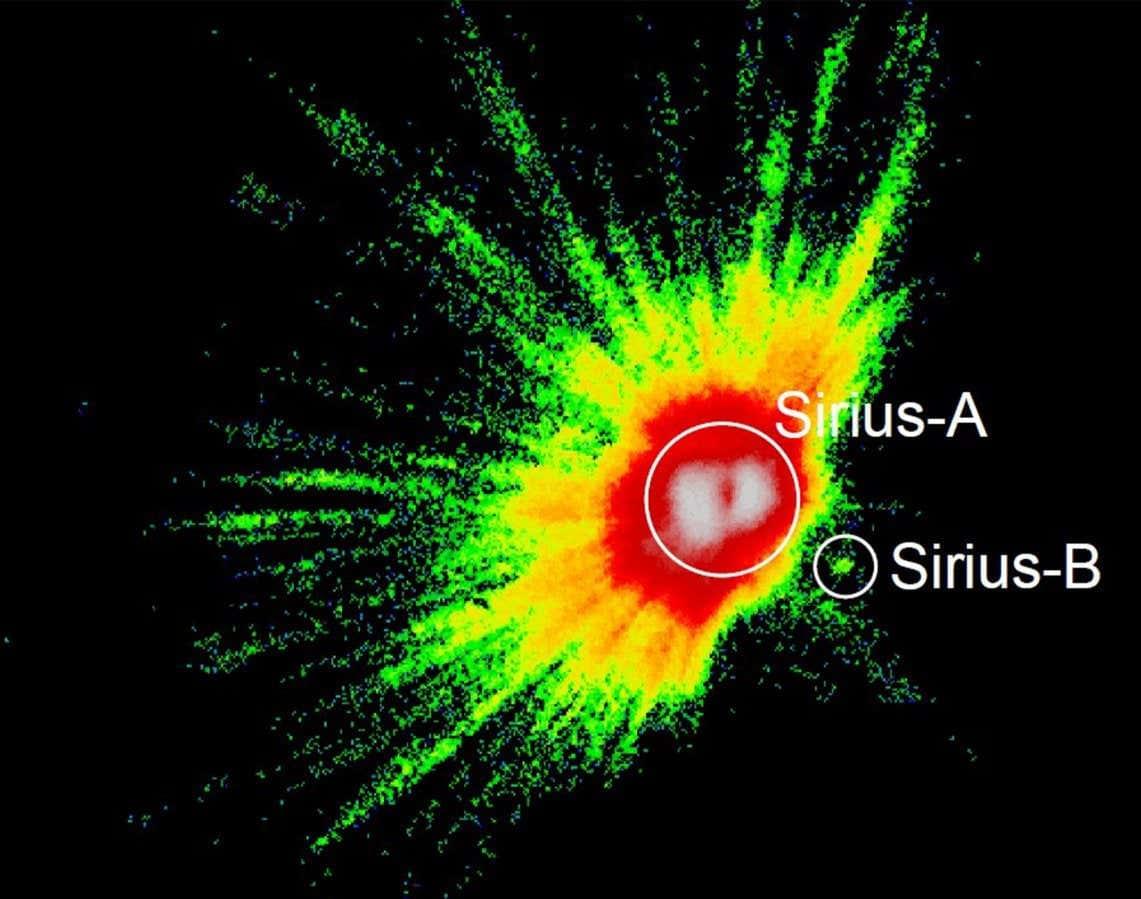Imagine engineering projects so vast they mold galaxies into new shapes. We’ll explore the staggering feats of Kardashev-3 and beyond civilizations, crafting CARD galaxies, Birch Planets, and even rearranging superclusters.
Watch my exclusive video Dark Biospheres: https://nebula.tv/videos/isaacarthur–…
Get Nebula using my link for 40% off an annual subscription: https://go.nebula.tv/isaacarthur.
Get a Lifetime Membership to Nebula for only $300: https://go.nebula.tv/lifetime?ref=isa…
Use the link https://gift.nebula.tv/isaacarthur to give a year of Nebula to a friend for just $36.
Visit our Website: http://www.isaacarthur.net.
Join Nebula: https://go.nebula.tv/isaacarthur.
Support us on Patreon: / isaacarthur.
Support us on Subscribestar: https://www.subscribestar.com/isaac-a…
Facebook Group: / 1583992725237264
Reddit: / isaacarthur.
Twitter: / isaac_a_arthur on Twitter and RT our future content.
SFIA Discord Server: / discord.
Credits:
Spaceport Innovations — Designing the Next Generation of Launch Sites.
August 3, 2025; Episode 746
Written, Produced & Narrated by: Isaac Arthur.
Galaxy-Scale Megastructures & Kardashev-3 Civilizations.
Written by: Isaac Arthur.
Editor: Darius Said.
Graphics: Jeremy Jozwik, Ken York, Sergio Botero, Steve Bowers.
Select imagery/video supplied by Getty Images.
Music Courtesy of Epidemic Sound http://epidemicsound.com/creator.
Stellardrone, \






